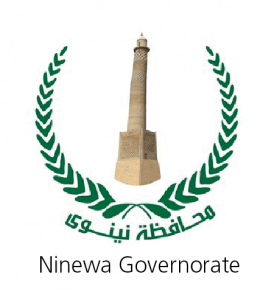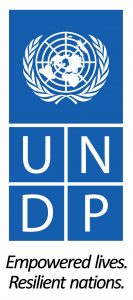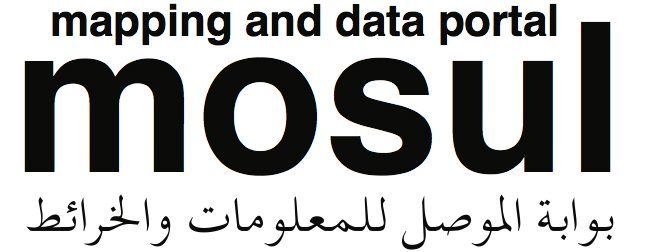About


UN-Habitat’s mapping and data portal aims to monitor the urban changes during and after campaign to liberate Mosul, to assist humanitarian and development, and government actors with their activities in Mosul. The portal is generously funded by UNDP.
In October 2017, the United Nations Human Settlements Programme (UN-Habitat) in Iraq published a comprehensive urban analysis on Mosul, Iraq’s second largest city and the focus of an international military campaign to liberate it from occupation by the terrorists group that calls itself “Islamic State of Iraq and the Levant (ISIL).” The profile included a comprehensive mapping assessment of the city’s infrastructure, housing, social services, and demographics to help in planning humanitarian and development assistance in the highly sensitive and volatile context of ISIL’s conflict with the Government of Iraq. The assessment underlined the factors that contributed to ISIL’s occupation of Mosul in June 2014. It showed how decades of neglect, migration, and frustration with slums and poor services created a situation where popular animosity was so great that, for all intents and purposes, Mosul fell to insurgents long before 10 June 2014. Informal settlements increased significantly after 2003 due to a shortage of affordable land allocated for housing, lack of services and infrastructure investment, corruption, and poor governance. Some of these settlements became “self-ruled zones,” incubators for extremism and radicalism.
Given the importance of stabilizing Mosul after liberation, this portal is an important guide for UN agencies, programmes, and funds working with the Government and donors to develop and implement targeted programmes that will address the most critical short- and long-term gaps and grievances in a city with an estimated population of 1.4 million.
enquiries:
info@unhabitatiraq.org

